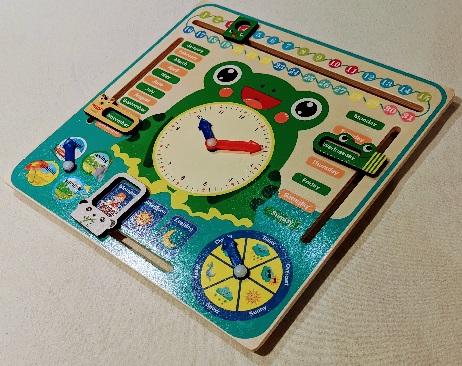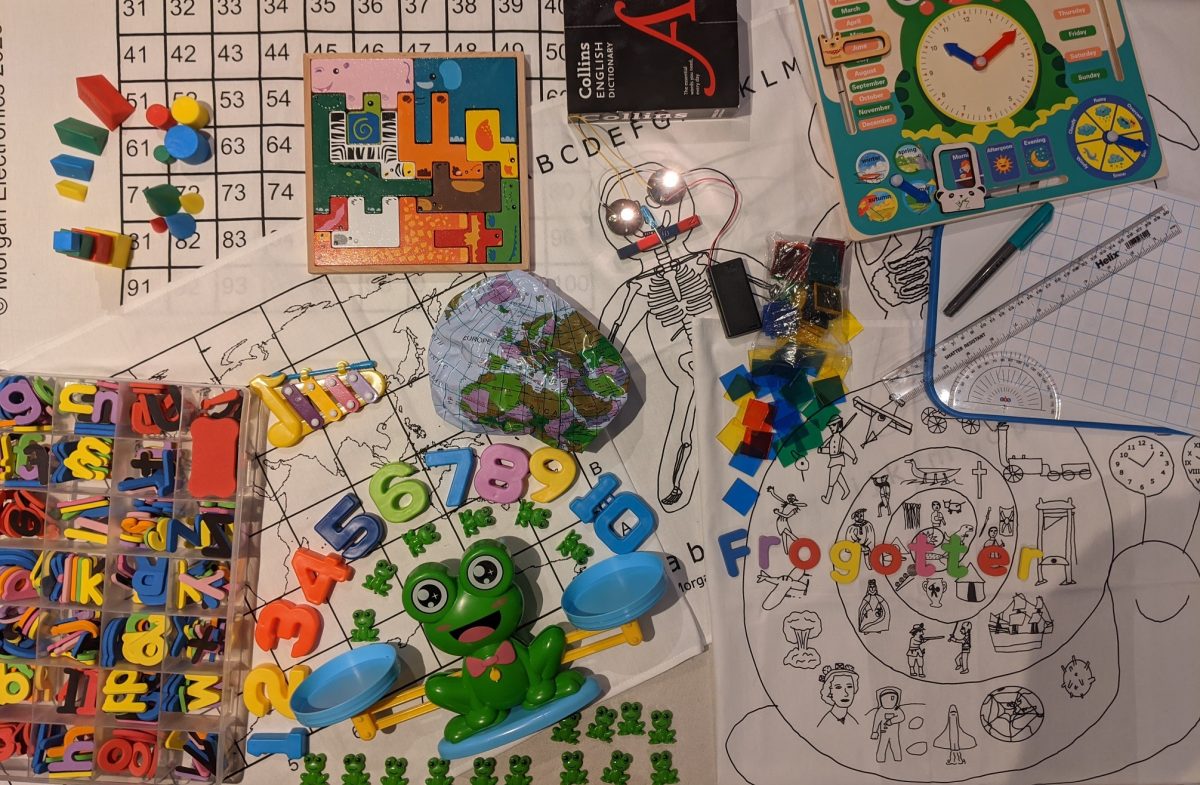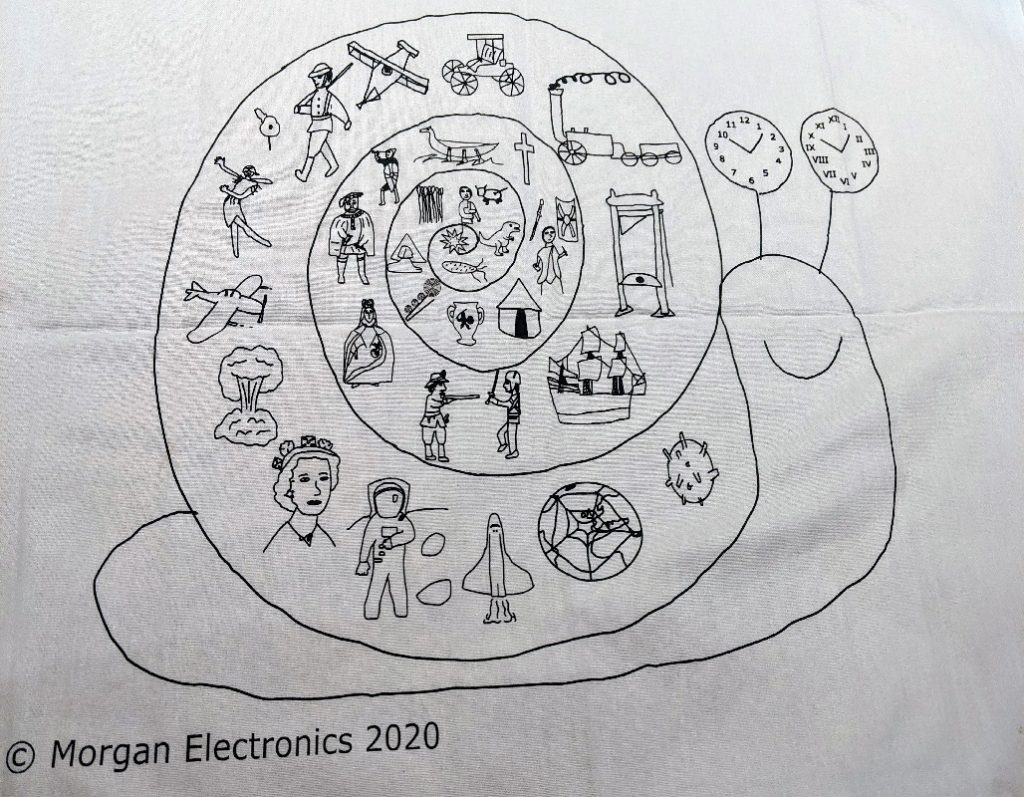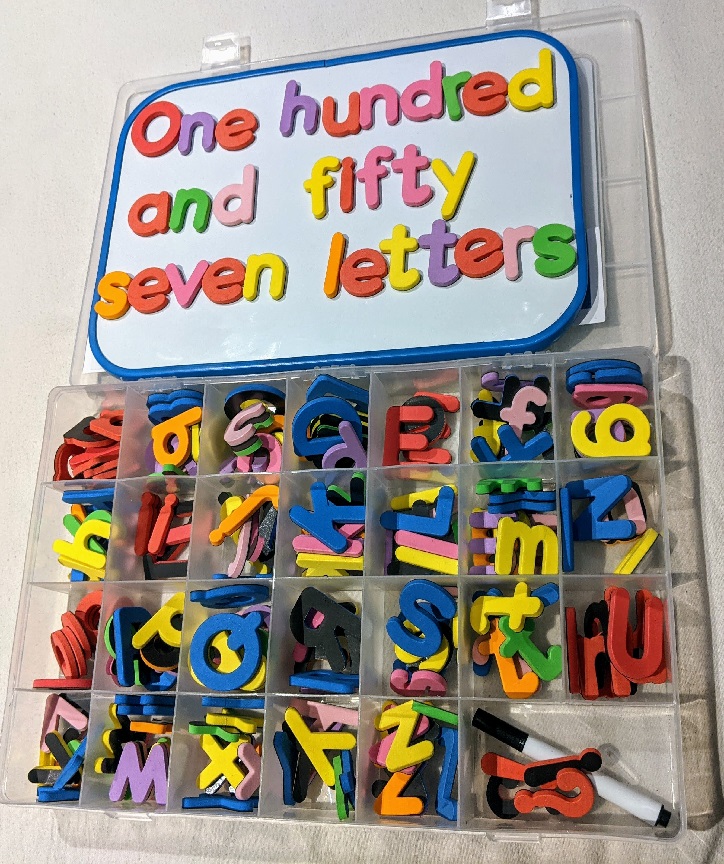In schools, this is generally a pretty easy question to answer. Lessons are as long as the time slot provided for them. The UK’s experiment with Literacy Hour and Numeracy Hour weren’t overly successful. Schools prefer to set their own lesson times, and these range from 30 minutes to two hours. However, schools are doing something very different to what you will be doing at home!
Save Time on Admin
School lessons include a lot of administration. It takes a great deal longer for thirty children to get out a book and a pencil, than it does for one child to open up their Learning Box. If you keep all your supplies to hand, getting started shouldn’t take very long. In our house we keep workbooks in a filing cabinet and all stationary in a big box (if you use the Frogotter Box, of course, everything is right there inside the box ready to go).
One to One Learning is Intense
Two hours might be fine for a lesson at school, especially if that lesson is comprised of a variety of activities. It will probably be too long for a one to one lesson. Learning one to one is intense. Your child can’t let their mind wander while worksheets are being handed out, or relax while the teacher explains to children who need extra support. When they’re learning one to one, your child has your full attention all the time.
One rule of thumb is that children’s attention span is about two-five minutes multiplied by their age.
| Age | Attention Span in Minutes |
| 4 | 8-20 |
| 5 | 10-25 |
| 6 | 12-30 |
| 7 | 14-35 |
| 8 | 16-40 |
| 9 | 18-45 |
| 10 | 20-50 |
| 11 | 22-55 |
However, most people believe that adults can only focus for about twenty minutes at a time before they need a break. It seems unlikely that there are many eleven year olds capable of focussing on one task for the best part of an hour.
Twenty Minutes is Enough
A lot depends on what the task is, how interested your child is, and how challenging they find the task. I can read a novel for several hours without needing a break. But if I’m trying to learn a new programming language then my mind will start to wander and I’ll need to shift from reading about it to trying it out, and back again. To keep the love of learning alive, we should aim to stop before the child is bored or fed up. I wouldn’t reccomend trying to study for more than twenty minutes without some kind of shift.
Breaks v. Shifts
A break is when you stop learning altogether. A shift is when you switch to a different activity. Both can help to lengthen the time for which you are able to focus.
Most of the activities in the Frogotter Activity Book include space for exploring the idea and playing with the materials. Playing in this way is a shift of attention, and can enable you to keep a lesson going for longer than twenty minutes. Playing doesn’t tire us in the same way as focussing does. Your child may well be happy to play with one of the activities for longer than twenty minutes. When you’re learning through play, there is plenty of space to relax, and many children are happy to play the same game for a prolonged time.
Shifting mental focus can reset our attention span. Sometimes, a child may be able to do a Literacy activity for twenty minutes followed by a Numeracy activity for another twenty minutes. As the saying goes: a change is as good as a rest. If you need to fit learning into a small part of the day, swapping from one subject to another, or even from one activity to another, can be a good way of preventing exhaustion.
Taking a break to get outside and play, or to have a drink and a snack, can replenish our stock of attention too. This is a particularly good idea after an activity that your child finds difficult.
Move at Your Child’s Pace
If you were teaching a whole class then you might need to stop to settle a child who was disrupting the others, you might have to stop to look after a child who was unwell, you might have to repeat instructions for one child, explain in a different way for another child, and sharpen another child’s pencil. At home, you will only have to do this for one child. Of course, there may be days that your child needs all of this support, and those will probably be the days when your lesson takes a bit longer than usual! But, you won’t be waiting for any other children. So, in general, you can expect your lessons to be a lot shorter than they would be at school.
If your child is quick to grasp a new concept, then you may find a lesson is very short indeed. Conversely, if your child is struggling, you might decide to cut the lesson short to avoid overwhelming them.
However, if your child is enjoying the new material, engaged and interested, then you might decide to take a bit longer, and really explore the activity. It is wonderful to have the freedom to devote time to something that you and your child are really enjoying, and it’s a fantastic way to nuture a love of learning. Many activities will interest your child for longer than twenty minutes. You may even have educational board games that take longer than twenty minutes to play!
Stop if you need to
A school lesson would stop for a fire drill, or lunchtime. So, you can stop if it’s time to go out or make a meal. Home Education is an important part of family life, but it isn’t the only part. Yes, it’s great to give your child the time they need, but, it’s absolutely fine to put the maths game to one side, if you need to attend to another child, or get to work!
If you have a lot of time commitments, you might need to schedule your learning time to fit in with other things. In that case, your lesson length will be dicatated by the other things you have to do.
Legal Requirements
In the UK, there is currently only a very broad definition of what parents are required to do to home educate their children. Home educators are not required to teach to a set timetable, or to provide a set number of hours. However, in the guidance for parents, it states that education should occupy “a significant proportion of a child’s life”. This does suggest that home educated students are expected to devote a reasonable quantity of time to learning. Though, that learning will include reading, music, cooking, playing sports, art, craft, field trips, and engaging in educational projects – it doesn’t mean that most of the day must be devoted to studying from a text book. It does suggest, however, that a good working relationship with your Local Authority would be supported by keeping a rough tally of how your child is spending their time. (If you are using the Frogotter Box, you can download extra record sheets here, to easily keep track.)
In the same guidance, the writers estimate that school attending children receive 5 hours a day of educational input, for 190 days a year; which comes to 950 hours a year, though they clearly state that Home Educators are not expected to meet these figures. In the guidance for Local Authorities, however, the writers mention that independant schools are required to operate for 18 hours a week. This fact doesn’t seem relavent to home educators (who are not trying to register as independant schools) unless it is intended to imply that 18 hours a week (which equates to 684 hours a year) might be considered a reasonable amount of time for education.
How Much Time does Home Education Take?
I did an experiment with my own home educated children, recording to the nearest twenty minutes how they spent their time for two weeks. The teenagers spent more time on book work, the primary aged child more time building his own creations from lego and junk modeling; all spent a few hours a week at sports clubs and we had one big field trip day to a museum. In total, we did reach about 18 hours a week, so I think it’s an achievable level.
Another blogger, Monkey Mum, has done her own estimate of how much focused learning time is actually available for primary school teachers, here. She estimates that time to be about 100 minutes per school day, equating to only 316 hours and 40 minutes a year.
A lot depends on how you count education. I don’t think that young children should have focussed lessons that exceed twenty minutes. But, I do think that children can engage in educational play for far longer. I also think that extended play – especially creative play – can count towards your weekly total of educational time.
















